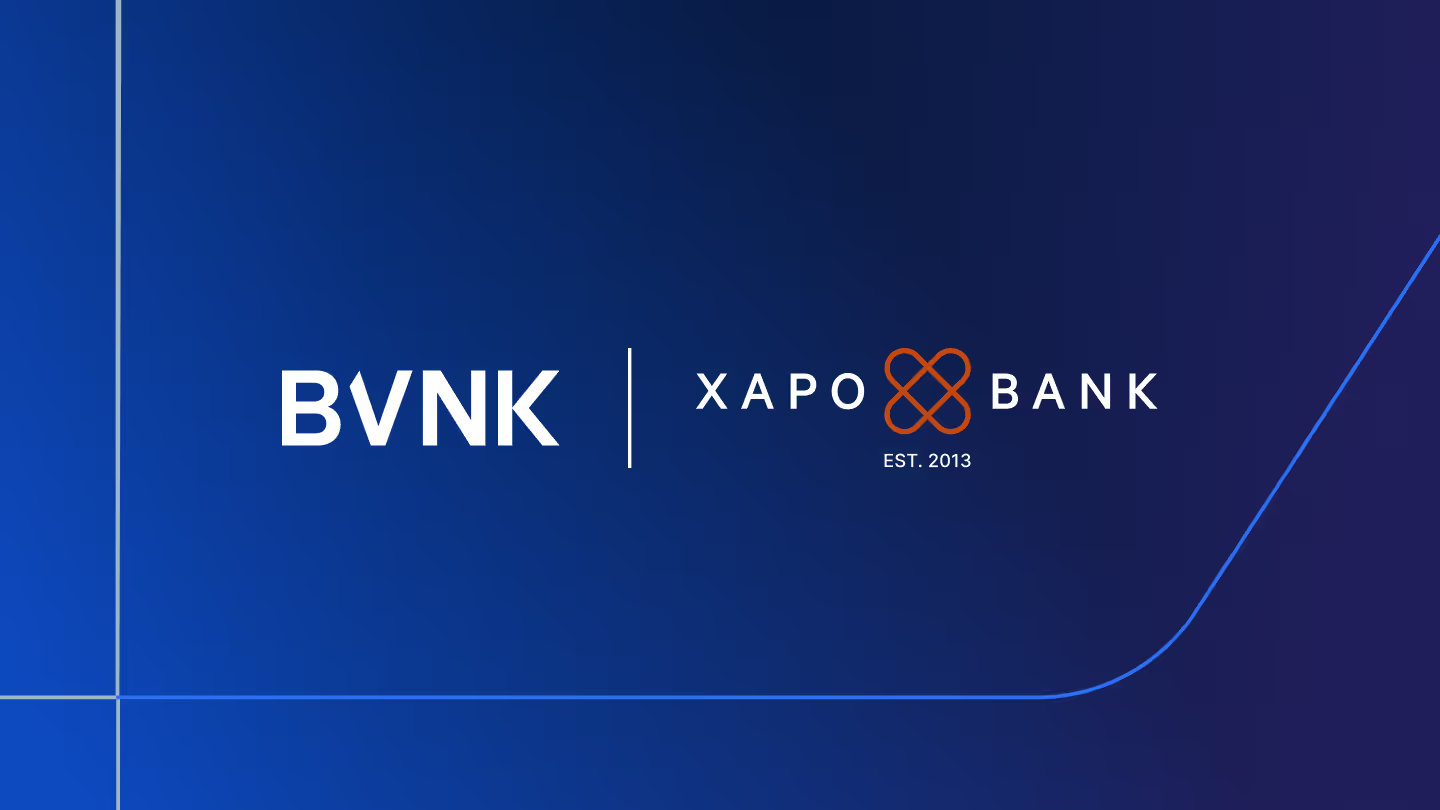Can stablecoins ease the pains of paying creators in emerging markets?
The creator economy is flourishing, but creators are often left waiting for their pay. How can stablecoins help?

There are an estimated 50 million creators – people who make money from social media content – globally and Goldman Sachs predicts the value of the creator economy could double to almost half a trillion dollars by 2027.
Much of the growth is happening outside of the US. In September, payments provider Stripe said payouts to creators are growing fastest in markets like Thailand and Brazil, while TikTok, one of the world’s largest social media platforms, told Bloomberg in June that growth of its ecommerce arm was being driven by South East Asia.
With global success comes a challenge that big tech platforms must confront head on – how to efficiently and promptly pay creators in new markets.
In this article, we’ll examine some of the issues facing platforms when paying gig workers, employees and creators internationally, and discuss how stablecoins can tackle some of these challenges.
How do creators get paid?
Platforms need creators, and creators need to get paid. It’s one of the reasons that Goldman Sachs highlights “a variety of payout structures for creators” as a key enabler of growth in the industry.
Today, most content and social media platforms are diversifying to give creators new income streams – from direct branding deals to share of advertising revenues, monthly subscriptions, donations, gifts and other forms of direct payment from fans. For an indepth analysis of monetization, take a look at this case study on Tik Tok’s payment strategy from analysts FXC Intelligence.
Payouts: a bottleneck for growth?
According to analysis from FXC Intelligence, social platforms rely on payment methods like bank transfer and PayPal to pay creators, with payouts taking anywhere from 1 to 60 days. If these are averages across all markets, it’s likely that international payouts to growth markets like South East Asia, Africa or Latin America are on the slower side.

Setting aside company differences in internal payouts processes, almost all cross-border payments today rely on the international banking system, Swift. Despite its scale, payments made with Swift come with key challenges:
- Slow settlement: Swift settlements to South East Asia can take 3 or 4 days for example, while settlements to Africa can take 5 days, depending on the number of banks involved. For businesses, this impacts cash flow and financial planning and can leave them exposed to foreign exchange risk. For creators and gig workers, delayed payouts can have a profound impact on financial stability. Fintechs and PSPs who need to enable fast settlement for clients meanwhile, often resort to prefunding, which can be expensive and difficult to manage.
- High fees. The more banks involved, typically the more costly the transaction, with average FX fees for regions like South East Asia and Africa anywhere between 2 and 5%

How can stablecoins help?
Cryptocurrencies like stablecoins are an alternative way for creators, contractors and freelancers to get paid promptly, regardless of where they live. Key benefits of stablecoin payments include:
- Faster settlement: Stablecoins are sent on blockchains which are global and operate 24/7. Settlement is near-instant, so creators can get paid straight away. For businesses, this also reduces FX risk.
- Lower fees: Blockchains are decentralised, cutting out intermediaries. Some studies suggest that businesses can save up to 80% on foreign exchange fees by trading on-chain.
- Fast access to new markets: Decentralised blockchains are permissible by default. The only entry requirements are an internet connection and a smartphone or computer, making them useful for paying people that lack access to traditional banking infrastructure.
- Price stability: since they’re pegged to a stable asset like the US dollar, stablecoins don’t suffer from the same price volatility that other cryptocurrencies do, making them more suitable for payments.
What’s the demand for stablecoin payouts?
So, there are clear business reasons to offer stablecoin payouts, but do employees want to be paid this way? The answer likely depends on where you live and how old you are.
A 2021 study by deVere Group found that more than a third of millennials and half of Generation Z would be keen to receive half of their salary in cryptocurrencies. While another 2022 study, found nearly 50% of gig workers were open to getting paid a portion of their salary in crypto.
Top reasons given by respondents were the potential for increasing the value of their pay, followed by speed of payment. The market turbulence of 2022 may have taken a shine off crypto as an investment opportunity for many people, but the benefit of speedy settlement remains.
Payroll data too suggests demand. According to payroll provider Deel, 4% of all contractor payments withdrawn from its platform in 2022 were taken in crypto. Of those, bitcoin was the favoured currency, followed by USD Coin. Deel’s FY22 hiring report indicates that countries in Latin America and EMEA are more inclined to take payment in crypto, often as a hedge against local currency instability, or a way to receive speedy payment, where other local options are slow.
Emerging markets lead the way for crypto adoption
Macro employment trends may also favour crypto payroll. In their hiring report, Deel notes that “more companies are looking outside of higher-cost countries to find quality talent.”
And it’s often in these markets that adoption for cryptocurrencies is strongest. According to the fourth annual Global Crypto Adoption index from Chainalysis, lower middle income countries (LMIs, as classified by the World Bank), are leading grassroots adoption of crypto. LMI countries are often those with dynamic, growing industries and populations. Many have undergone significant economic development in the last few decades, and importantly, LMIs house 40% of the world’s population.
In many of these countries it’s increasingly easy to spend cryptocurrencies. BVNK customer Greenburg Pro, makes regular payments to contractors in India and their Operations Lead told us: “Many of the countries where our contractors are based are advanced in terms of accepting digital currencies… so our people on the ground were actually asking to be paid in stablecoins.”
Flexibility to offer fiat and crypto is key
For businesses new to the space, the prospect of crypto payroll can be daunting. Regulatory hurdles and tax considerations can be complex, and building the right infrastructure takes time and resources. Plus, as we’ve discussed here, the demand for crypto payroll and stablecoins today is specific to certain markets and demographics.
There’s a lot to consider, but experienced payroll and payment service partners can help businesses look at their options and enable crypto payouts for the right markets, without the operational or compliance burden.
At BVNK we believe the future of payments is multi-rail – and we'll see more businesses using digital currencies and blockchains, alongside traditional currencies and banks. Ultimately, it's important for growing businesses to have flexibility in their payroll to support their growth. Building for the future means the option to accommodate both fiat and crypto payments depending on local needs, preferences and constraints.

How Greenburg Pro paid its global contractors on time with stablecoins
Latest news
View allGet payment insights straight to your inbox



.jpg)






.avif)


.jpg)





